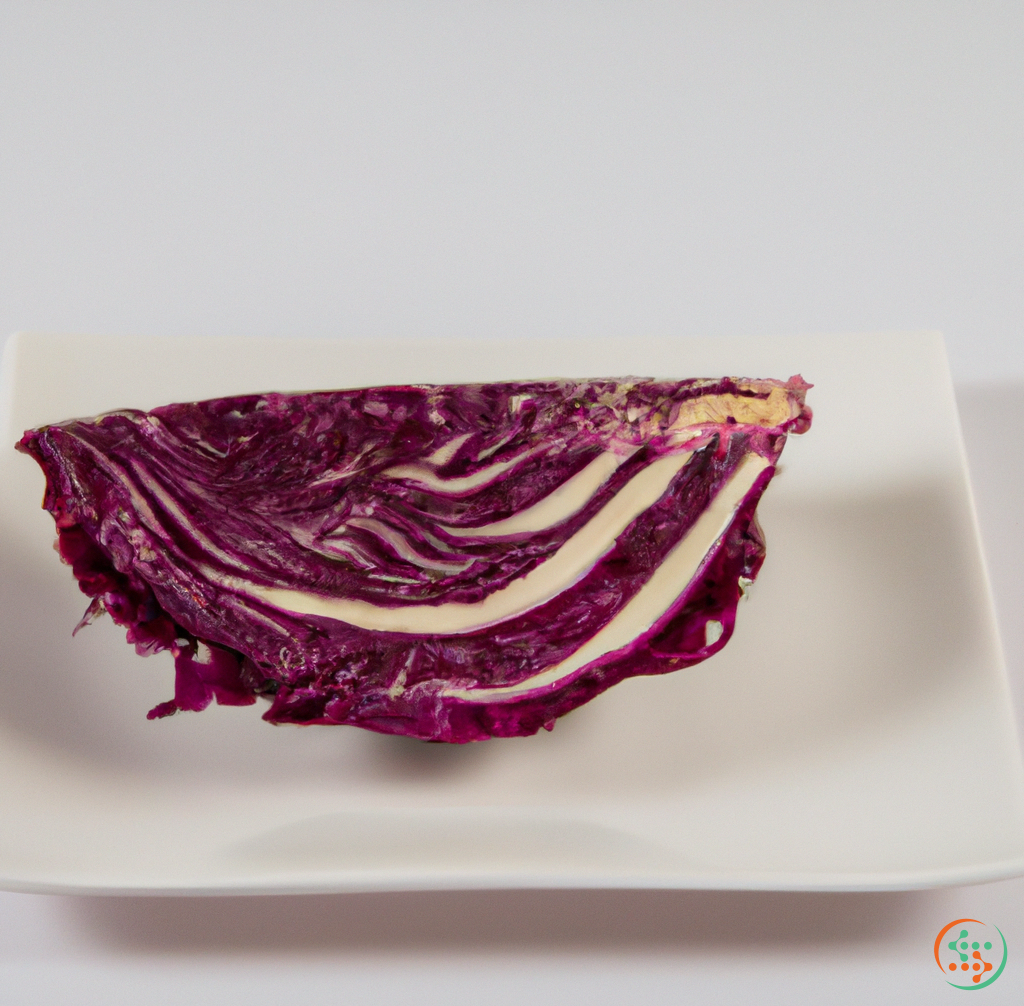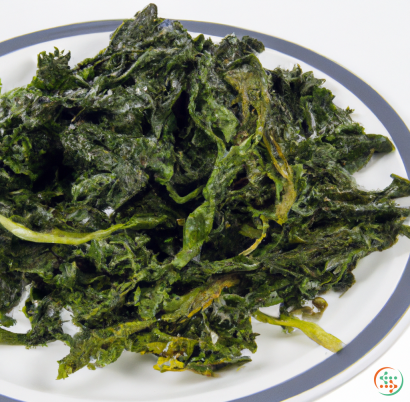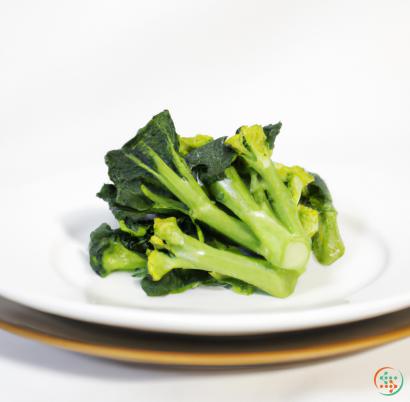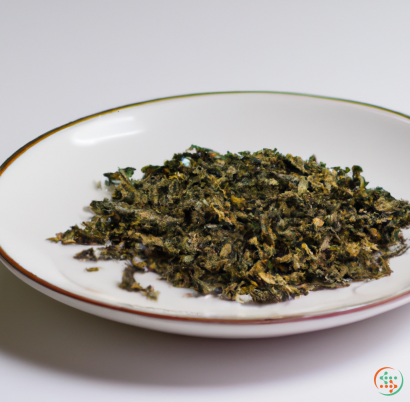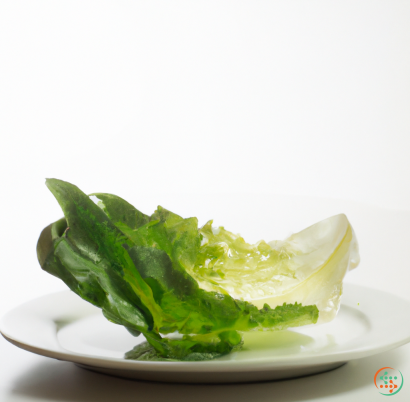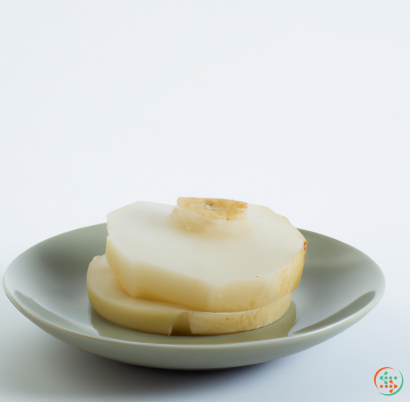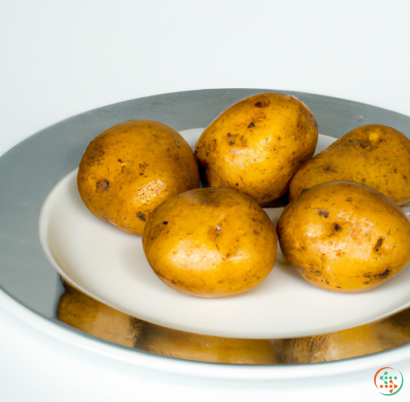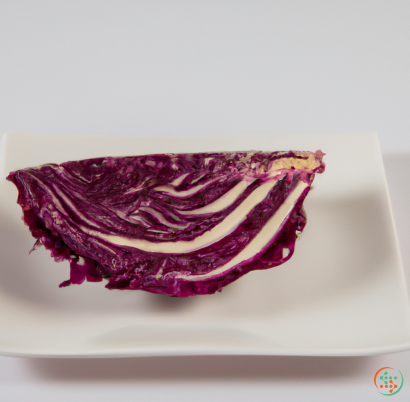Red Cabbage
A red cabbage is an edible cruciferous vegetable that you may also know by its other name, purple cabbage. The cabbage is a member of the Brassica genus, in the family of brassicaceae, which is commonly known as the cabbage family. In this family, you can find many other vegetables like kale, turnips, Brussels sprouts, and broccoli, to name a few. Red cabbage is related to other Eastern European cabbages, such as white cabbage and Savoy cabbage. It is also close to Chinese cabbage and bok-choy.
When it comes to looks, the red cabbage is vibrant and smells earthy. Upon cutting into the cabbage, you’ll find that the color of the interior ranges from red to purple. The small crinkled leaves are dense, crunchy, and packed with flavor. The taste of a red cabbage is milder than its white counterpart, with a slight hint of tartness.
Just like other cabbages, the red variety is nutritional powerhouses. It’s high in fiber, low in calories, and an excellent source of essential vitamins and minerals. For example, the cabbage is rich in vitamin C and folate; it also contains compounds such as anthocyanin and sulfur, which have anti-inflammatory properties and act as antioxidants.
Red cabbage may be eaten raw or cooked, and the way you prepare it will affect not just the taste but also the color. For example, when boiled, the cabbage turns blue due to its high content of anthocyanins and a reaction with calcium. On the other hand, adding a bit of vinegar or lemon juice when you cook it will result in a pink or purple hue.
There are numerous ways to cook red cabbage, but one popular way is by slow-cooking it on the stove. Doing this will retain the crunch and provide an intensely flavored dish. Red cabbage pairs really well with sweet and sour flavors such as apples, carrots, and even fruit jams. You can enjoy it as a main dish by stewing it with pieces of meat, or serve it as a side dish. It also works beautifully in salads, stir-fries, and soup recipes.
Red cabbage is extremely versatile and can be cooked in a variety of ways. It is also a great addition to many dishes like casseroles, bakes, and dumplings. Furthermore, its intense color makes it the perfect substitute for food coloring and other additives in homemade jams, jellies, and sauces.
In conclusion, red cabbage is a vibrant and lovely vegetable that’s both nutritious and versatile. With lots of vitamins and minerals, plus a mild taste and crunchy texture, it’s one of the best things to have in your kitchen. It can be enjoyed cooked or raw, added to various dishes, and used as a natural food coloring. Give this special purple cabbage a try; you won’t be disappointed!
The Journey of a Red Cabbage from Root to Dinner Plate
Red cabbage, also known as purple cabbage or purple-leaved cabbage, is a type of cabbage with a distinct red or purple color. It is one of the most popularly consumed cabbages and is a part of many diets. Red cabbage has many beneficial properties including being rich in antioxidants, vitamins, and minerals, hence why it is in such high demand. It is also known as one of the tastiest cabbages, making it a popular choice to incorporate in a number of meals. But how exactly does a red cabbage make its way from root to dinner plate? Let’s take a closer look into the journey of the red cabbage beginning at the seed, all the way to the dinner plate.
From Seed to Cabbage Patch
First, the journey begins with the seed of the red cabbage. Depending on the variety of red cabbage, the color of the seeds will vary, but they are typically small, round, and black with a pale grey hue. Seeds can either be bought or home grown; however, to maximize potential harvesting, it is best to buy the seeds because they are scientifically bred to be more resistant to pests, grow quicker, and produce a higher yield. When beginning to grow from seed, the seed is first soaked in water for 12 to 24 hours to boost the germination of the seed. The seedling is then planted one to two inches deep in a warm and moist soil, typically near the end of spring or early summer. The seedling is then observed and given the necessary attention, including sun and water, to help it become a healthy and vibrant red cabbage.
From Cabbage Patch to Harvesting
As the red cabbage grows and becomes bigger and bigger, the leaves take on their characteristic red or purple colors due to the presence of anthocyanin; an enzyme that produces a type of pigment with red and purple colors. The color variation between different red cabbages is determined by the different deposits of anthocyanin present in the leaves, giving them their distinct colors.
Once the red cabbage has reached its full size, it is ready to be harvested after 75 to 95 days. Careful examination of the texture and taste must be done to check if the cabbage is mature enough and can be harvested. If the answer is positive, then the red cabbage is ready to be harvested and taken off the cabbage patch.
From Harvesting to Grocery Store
After harvesting is complete, the red cabbage is shipped off to the local grocery store for sale.
The red cabbage is usually shipped fresh and must be handled with the utmost care so that it does not spoil before reaching the store. The red cabbage is divided into bunches of two or three and then carefully wrapped in clear plastic, protect the leaves from moisture and sunlight. They are boxed up and loaded onto a truck that takes it to the grocery store where they are then unloaded and stocked on the shelves for purchase.
From Grocery Store to Dinner Plate
Once at the grocery store, the red cabbage can then be purchased by consumers. When selecting the right red cabbage, look for ones with a crisp leaves, vibrant color, and consistent size all around. The price, availability, and freshness must also be taken into consideration when selecting the perfect red cabbage to bring home.
The red cabbage then makes its journey from grocery store to dinner plate, where it is prepared by the cook. Cooking methods are usually dependent upon the type of dish being prepared. For instance, a stir fry might require the red cabbage to be sliced thinly, while a cabbage soup requires for it to be chopped into small pieces.
No matter how it is prepared, the red cabbage is sure to bring its unique flavor and nutritional benefits to the dinner plate. The pleasant color and unique flavor of the red cabbage makes it a great addition to a variety of dishes, providing valuable vitamins, minerals, and dietary fiber.
Conclusion
The red cabbage is a versatile and nutritious vegetable that can satisfy a variety of tastes. Throughout its voyage from seed to dinner plate, it has experienced many obstacles to get to its final destination. From soil to harvest and finally to its plate, the red cabbage has made an impressive journey that is enjoyed by many.
| Vitamin A | 0.056 mg | |
| Beta-Carotene | 0.67 mg | |
| Vitamin E | 0.11 mg | |
| Vitamin K | 0.0382 mg | |
| Vitamin C | 0.057 grams | |
| Vitamin B1 | 0.06 mg | |
| Vitamin B2 | 0.07 mg | |
| Vitamin B3 | 0.42 mg | |
| Vitamin B4 | 0.0171 grams | |
| Vitamin B5 | 0.15 mg | |
| Vitamin B6 | 0.21 mg | |
| Vitamin B9 | 0.018 mg |
| Calcium | 0.045 grams |
Daily Value 1.3 g
|
| Iron | 0.8 mg |
Daily Value 0.018 g
|
| Magnesium | 0.016 grams |
Daily Value 0.4 g
|
| Phosphorus | 0.03 grams |
Daily Value 1.25 g
|
| Potassium | 0.243 grams |
Daily Value 4.7 g
|
| Sodium | 0.027 grams |
Daily Value 2.3 g
|
| Zinc | 0.22 mg |
Daily Value 0.011 g
|
| Copper | 0.02 mg |
Daily Value 0.9 mg
|
| Manganese | 0.24 mg |
Daily Value 0.0023 g
|
| Selenium | 0.6 ug |
Daily Value 0.055 mg
|
| Tryptophan | 0.012 grams | |
| Threonine | 0.039 grams | |
| Isoleucine | 0.034 grams | |
| Leucine | 0.046 grams | |
| Lysine | 0.049 grams | |
| Methionine | 0.014 grams | |
| Cystine | 0.012 grams | |
| Phenylalanine | 0.036 grams | |
| Tyrosine | 0.022 grams | |
| Valine | 0.048 grams | |
| Arginine | 0.083 grams | |
| Histidine | 0.024 grams | |
| Alanine | 0.048 grams | |
| Aspartic Acid | 0.136 grams | |
| Glutamic Acid | 0.329 grams | |
| Glycine | 0.034 grams | |
| Proline | 0.054 grams | |
| Serine | 0.059 grams |
| Glucose | 1.74 grams |
|
| Fructose | 1.48 grams |
|
| Sucrose | 0.6 grams |
|
| Total Sugars | 3.8 grams |
per 100g
|
| Palmitic acid (16:0) | 0.02 grams |
|
| Total Saturated fatty acids: | 0.02 g | |
| Oleic acid (18:1) | 0.01 grams |
|
| Total Monounsaturated fatty acids: | 0.01 g | |
| Linolenic acid (18:3) | 0.05 grams |
|
| Linoleic acid (18:2) | 0.03 grams |
|
| Total Polyunsaturated fatty acids: | 0.08 g | |
